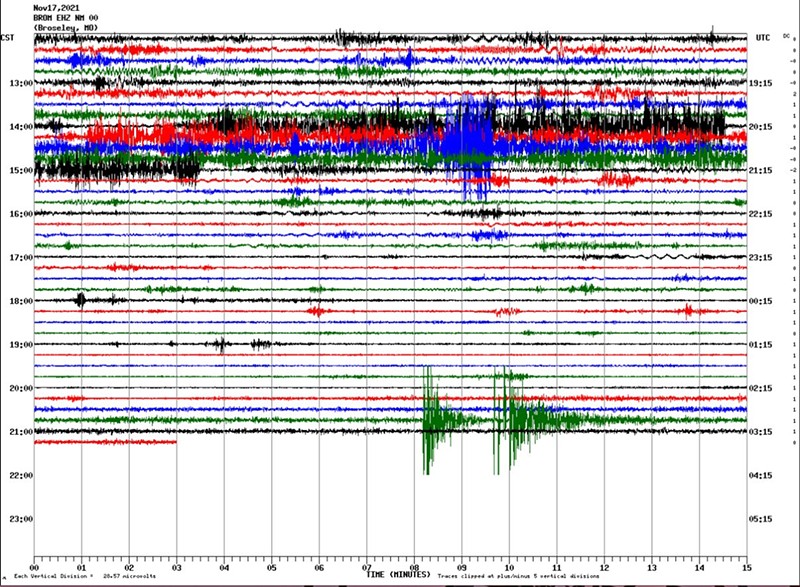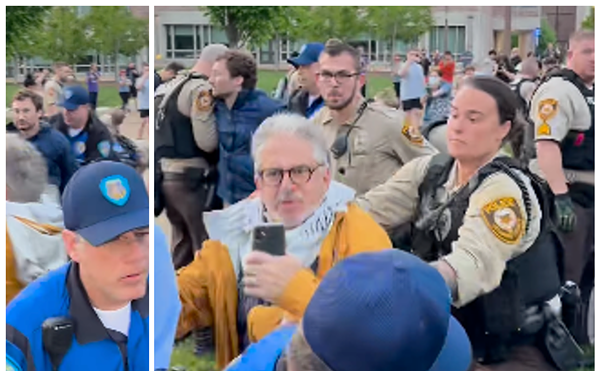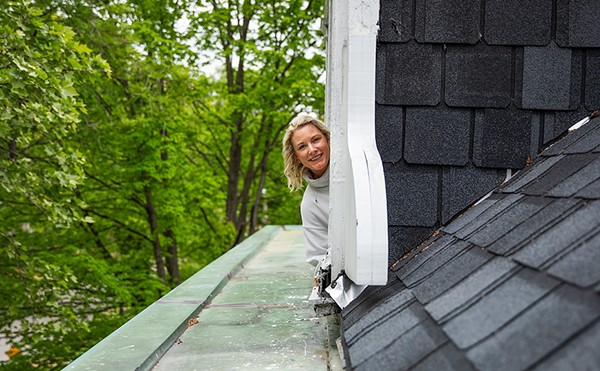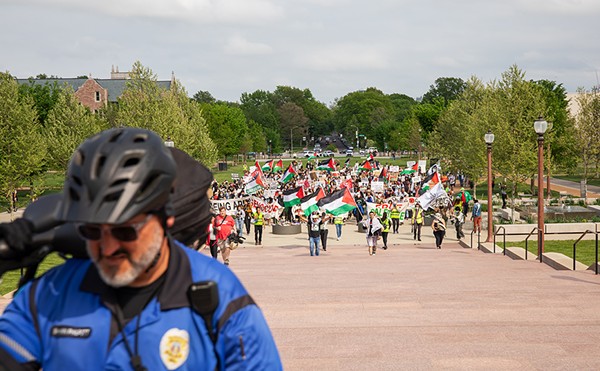
NATIONAL WEATHER SERVICE
A seismograph taken from a sensor near Broseley (in green) recorded a November 17 earthquake.
A minor earthquake with an epicenter near Poplar Bluff struck Missouri Wednesday night and sent tremors that were felt across much the state, including more than 100 miles away in metro St. Louis.
Registered as a magnitude 4.0 by U.S. Geological survey, the quake's occurrence in the New Madrid seismic zone drew immediate reactions online. The Missouri Department of Public Safety stated Thursday that there was no recorded damage beyond "some reports of pictures being knocked of walls."
The U.S. Geological Survey is already collecting data on the extent of the earthquake's reach. So far, around 4,600 people reported feeling the effects, some as far as away as Texas and West Virginia.
Though the earthquake was relatively minor, that didn't make the experience any less scary for those near the epicenter.
"I live in Poplar Bluff," one Twitter user wrote in a reply to a tweeted alert by the National Weather Service. "I heard a loud boom followed by lots of shaking, then a smaller boom with less shaking. Whole thing lasted about 5 seconds but it was scary. Thought my house was going to collapse."
Another user responded, "That's exactly what happened to me! Heard a noise, and then thought my house was gonna come crashing in on me, stuff was falling off the walls, I thought a tornado had snuck up on me!"
The quake is drawing interest from scientists and researchers. In a Twitter thread, Celeste Labedz, a Ph.D candidate and environmental seismologist at Caltech, noted that Wednesday featured a second earthquake of similar magnitude striking California — but, unlike the widely-felt quake in Missouri, the effects of the West Coast quake were concentrated around the epicenter.
The key difference, Labedz wrote, is the age of the rocks in the different regions of the country:
"The rocks in the west are young and restless, broken up by tons of faults, which means seismic waves bounce around and dampen out before they can get very far," she tweeted. "In contrast, the rocks in the east are old and chill, so they transmit waves more efficiently over longer distances."
Two earthquakes today show a cool tidbit of North American geology! These maps (Did You Feel It reports for the M3.9 in California and M4.0 in Missouri) are at the same scale. The quakes had similar magnitudes, but the Missouri one is felt over a WAY bigger area!
— Celeste Labedz (@celestelabedz) November 18, 2021
Super short 🧵: pic.twitter.com/FK4xHziJrV
Wednesday's seismic activity is a reminder that while Missourians rarely feel earthquakes, they're happening practically all the time thanks to the New Madrid seismic zone: In 1811, the area was wracked with major earthquakes registering between 7 and 8 in magnitude. In 1990, a self-proclaimed climatologist infamously predicted that a similarly destructive quake would once again strike the region on December 3 of that year — only to be proven wrong.
That doesn't mean a future earthquake of damaging scale is impossible — but it's not clear when such another major quake would strike. Scientists continue to study the region's seismic activity, so, if you felt Wednesday's earthquake, the U.S. Geological Survey waiting to hear from you.
Follow Danny Wicentowski on Twitter at @D_Towski. E-mail the author at [email protected]





